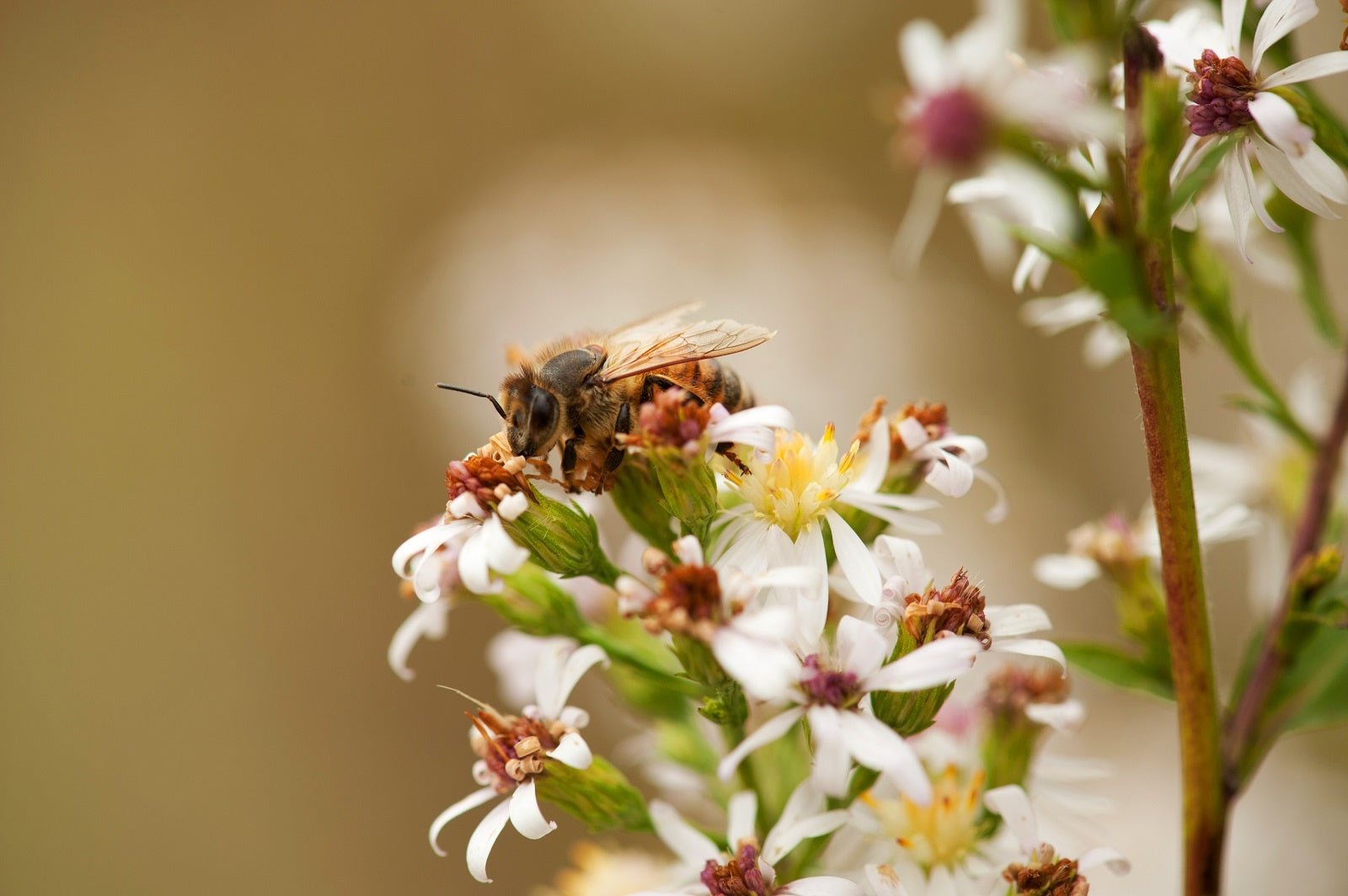
Gardening for Native Bees
The worldwide decline of pollinators has been in the news for several years. Pesticides, habitat loss, disease, parasites, and climate change are taking a toll on their population.
n
Tags:
The worldwide decline of pollinators has been in the news for several years. Pesticides, habitat loss, disease, parasites, and climate change are taking a toll on their population.
Pollinators are vital for food production and the reproduction of plant species. In North America, bees alone are responsible for one-third of our food supply, and 40 per cent of that around the world. Bees play a major role in keeping ecosystems stable. Bee decline is very disruptive to the earth’s natural cycles.
There are approximately 4,000 species of native bees in North America, which are more important than honey bees, moths, butterflies, and other pollinators. By creating a habitat with food, shelter, nesting spots, and water, we can attract them to our yards and encourage them to multiply.
Food
- Bees need pollen and nectar from flowers. Pollen provides fats and proteins, and the nectar’s sugar gives them energy to gather food. Both are used to feed the larvae back in the nest.
- Native bees need native plants. Check with your local or state Native Plant Society for a list of suitable species. Sometimes the chapters have sales of locally grown plants. Otherwise, visit a reputable nursery to shop. Study the bloom times so there is food available throughout the growing season.
- Don’t be afraid to use cultivated plants, too. Bees love culinary herb flowers, for example. Many of our common garden plants are also good for native bees!
- Because bees forage in a relatively small area, use mass plantings in groupings of single colors – all blue together, all yellow together, and so on. A block about three or four feet in diameter is most effective. Use annuals, herbs, perennials, shrubs, and trees for diversity. Avoid invasive plants, and always garden organically.
Shelter
- About one-third of native bees nest and overwinter in leaf litter, tree snags, stems of perennial plants, and rock piles. Allow a section of your yard to go wild, or create a wild area by bringing in logs, leaves, and rocks. Let native plants grow and die back naturally in fall.
- Most native bees are ground nesters, living in burrows in open spaces. Leave some bare ground in your wild corner, and do not disturb it with digging, tilling, or grading.
- Provide water in shallow bowls or a birdbath filled with rocks. You could also build a shallow pool. Bees like puddles, too, so a few depressions in your yard are not a bad thing! Reduce disease by keeping your water source clean.
- If that sounds overwhelming, a simple planter box of native flowers and some water will be helpful.
- Create a wildflower meadow if you have some acreage. Add logs, rocks, and water, and let the area go wild.
Get Involved
- Check with your local botanical garden to see if they have a bee watching program. They will give you a list of native plants and a list of native bees. You document the bees that come to your garden.
- The Pollinator Partnership has a program called the Million Pollinator Garden Challenge that you can participate in.
- The Xerces Society is another wonderful resource, with a program called Bee Better Certified.
- Get your neighbors and town involved in creating natural spaces for native bees. Aside from being good for the environment and our food supply, it would be educational for children and adults alike.
Let's all do our part to protect the pollinators!
Would you like to be the first to hear about our new products and more? Sign up for our Nature’s Path Newsletter.

